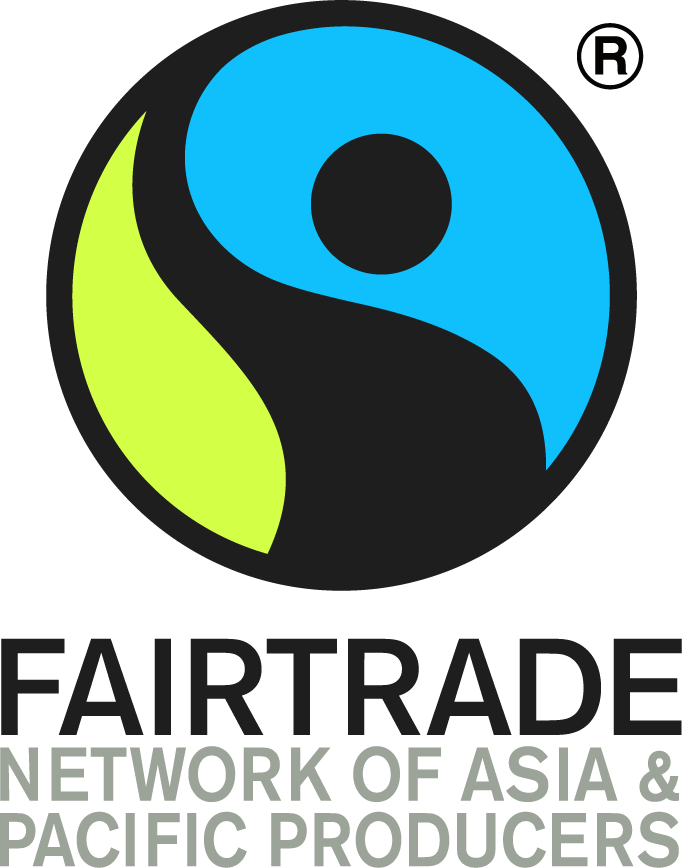Bananas
Fairtrade banana is more than just a fruit; it represents a collective effort to empower small producers across Asia. By supporting sustainable practices and fair trade principles, the farmers can thrive while contributing to the preservation of their cultural and agricultural landscapes.


The Asia-Pacific region is a significant contributor to global banana production, accounting for approximately 75% of the world's total output. Key producing countries include India, China, Indonesia, the Philippines, and Thailand. This region not only supplies bananas for domestic consumption but also plays a crucial role in global exports.
India is the largest banana producer in the world, with around 30 million metric tons produced in 2020, followed by China with approximately 12 million metric tons. While Philippines stand as a leading exporter, producing about 9 million metric tons and exporting nearly 4 million metric tons. Sustainable banana production is gaining momentum in the region, with a 2021 FAO report indicating that about 25% of banana producers engaged in eco-friendly practices. Notably, in 2020, the Philippines exported around 4.5 million metric tons of bananas, with approximately 80% certified as sustainably produced, reflecting a 15% increase in sustainable exports from 2019 to 2020.
FAIRTRADE PRODUCTION AND SALE OVERVIEW
Fairtrade bananas in the region are produced in India, Sri Lanka, the Philippines, and Indonesia, with Sri Lanka being the largest producer, accounting for nearly 78% of total production from 2019 to 2022 followed by Indonesia and Philippines with Philippines uniquely focusing on 100% organic banana production.


Current challenges
With millions and millions of tonnes produced each year globally, bananas are big business. But there are major issues facing the industry.
Banana plantations in some countries have been linked to human rights violations. This includes poverty-level wages that fail to cover the basics. Workers can be required to do 14-hour days, six days a week, without being paid overtime. Short-term contracts or daily hiring is becoming increasingly common.
Power imbalances. A small number of corporate fruit companies have a lot of influence over the international banana trade. Retailers also often offer large discounts on bananas, with competition for customers sometimes sending the consumer price below cost. This price pressure ultimately finds its way to banana growers.
Consequences for environmental and human health. Chemicals used to control pests and disease can not only impact the environment, for example contaminating water, but also the health of workers and their communities.
Climate change and plant diseases threaten yields. Producers are battling challenges such as droughts, floods and hurricanes. Meanwhile, plant diseases are costly to manage, such as the fungal Tropical Race 4 (TR4) disease.
Why choose Fairtrade bananas?
Bananas in the Asia Pacific region are are grown by small-scale farms. But a highly competitive market creates price pressure on bananas, ultimately putting the squeeze on banana growers. Here is how we support.
- Fairtrade banana producers are paid a Fairtrade Minimum Price. This acts as a safety net and helps them be resilient in the face of market drops.
- The Fairtrade Premium – paid on top of the selling price – is for plantation workers and smallholder banana farmers to invest in business or community projects of their choice. This could include healthcare services, better housing or training.
- The Fairtrade Standards work to improve employment conditions and protect worker rights on large plantations.
- The Fairtrade Base Wage means higher wages for thousands of workers on banana plantations. The new Living Wage Differential enables businesses to contribute towards closing the living wage gap.
- Fairtrade supports smallholder farmers to improve their income and bargaining position in banana supply chains.
- Fairtrade contributes to reducing the environmental footprint of banana production by encouraging sustainable development through better agricultural practices link to climate/environment page.
Our interactive banana dashboard
Browse this rich set of information to learn more about Fairtrade bananas and the path to a fairer banana sector. You’ll learn about Fairtrade producers and origins, services and programmes, insights into human rights and environmental topics, and ways to deepen impact in living wages, climate adaptation, and more.

